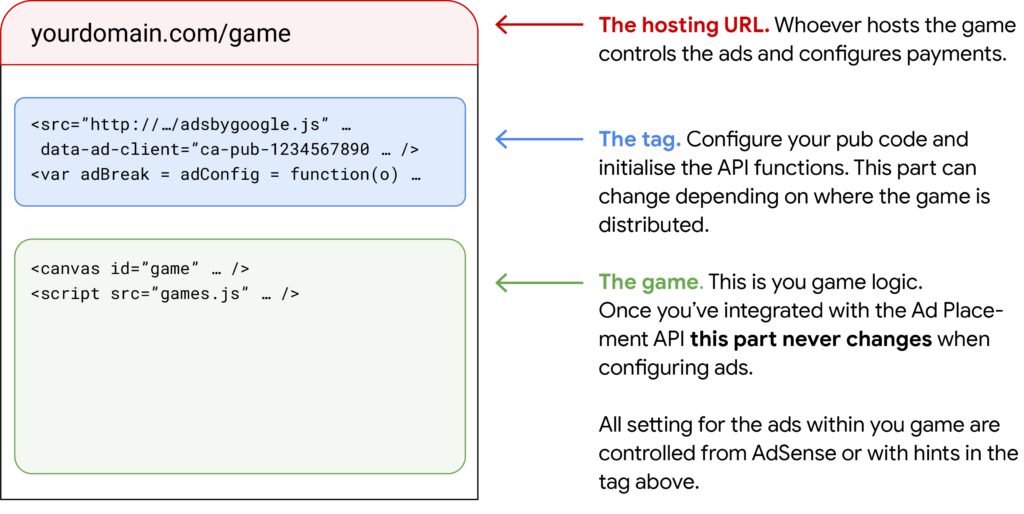Advancements in technology have allowed the world of gaming to expand, with HTML5 bringing new possibilities for game developers to create engaging and user-friendly games. HTML5 offers various benefits for game development, including no need for plug-ins, cross-platform compatibility, improved graphical quality and multi-player support. The Canvas API is a vital component of HTML5 game development, providing a means for rendering graphics onto a web page. JavaScript is another key aspect of HTML5 game development, allowing for interactive and dynamic games to be created, including game logic, user input handling and game mechanics. Overall, HTML5 game development is an accessible and visually appealing option for game developers.
Introduction:
The world of gaming has come a long way in recent years, thanks to advancements in technology. The rise of HTML5 has brought new possibilities for game developers, making it easier to create games that are both engaging and user-friendly. In this article, we will take a closer look at how game development with HTML5 works and explore the Canvas API and JavaScript, the two main building blocks of HTML5 game development.
HTML5 and Game Development:
HTML5 is the latest version of the HTML web programming language. It is an advanced language that allows developers to create interactive and dynamic web applications, including games. HTML5 offers various features that make game development easier than ever before. Some of the benefits of HTML5 for game development are:
– No Plug-ins: Unlike previous versions of HTML, HTML5 eliminates the need for plug-ins, such as Flash Player or Java, to run games. This significantly reduces load times and makes the games more accessible to a wider audience.
– Cross-Platform Compatibility: HTML5 games can run on any device and browser that supports the language. Thus, it eliminates the need for developers to create different versions of a game for different platforms.
– Improved Graphical Quality: HTML5 supports the creation of high-quality graphics and animations, making games more visually appealing.
– Multiplayer Support: HTML5 supports real-time multiplayer gaming, allowing players to play against each other in real-time.
The Canvas API:
The Canvas API is one of the essential components of HTML5 game development. It is a 2D drawing API that provides a means for rendering graphics onto a web page. With the Canvas API, developers can create custom graphics, animations, and games.
The canvas element is created using the HTML5 tag:
To create graphics on the canvas, developers use JavaScript to manipulate the 2D graphics context. The context provides a range of methods for drawing shapes, lines, text, and images. The methods include fillRect(), strokeRect(), fillText(), and drawImage(), among others. The Canvas API also allows developers to create animations by repeatedly updating the graphics context within a set time interval.
JavaScript:
JavaScript is a programming language used to make web pages interactive. It gives life to HTML and CSS. JavaScript also plays a crucial role in HTML5 game development as it enables developers to create interactive and dynamic games. With JavaScript, developers can handle user input, create game logic, and implement game mechanics.
JavaScript is used in HTML5 game development to create game logic, handle user input, and implement game mechanics. It allows developers to create variables, functions, and objects that are used to create game elements like characters, items, and worlds. JavaScript also provides a means for developers to interact with the Canvas API, enabling them to create custom graphics, animations, and games.
Conclusion:
In conclusion, HTML5 game development offers game developers a means to create engaging, user-friendly, and cross-platform games. With the Canvas API and JavaScript, developers can create custom graphics, animations, and games, and handle user input, create game logic, and implement game mechanics. HTML5 game development has opened up new possibilities for game developers, making it easier to create games that are both accessible and visually appealing. So, if you are a game developer, HTML5 is the way to go!
